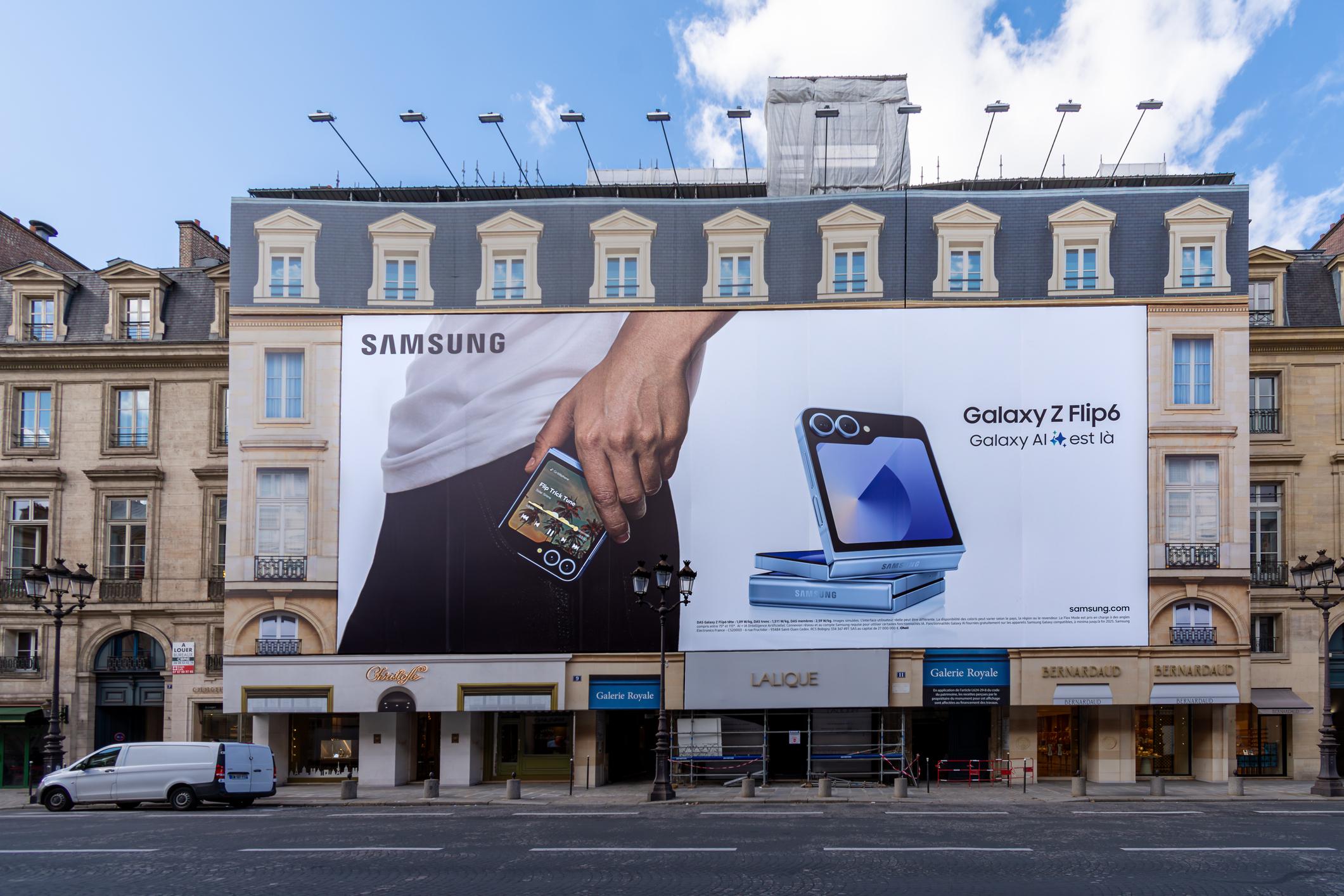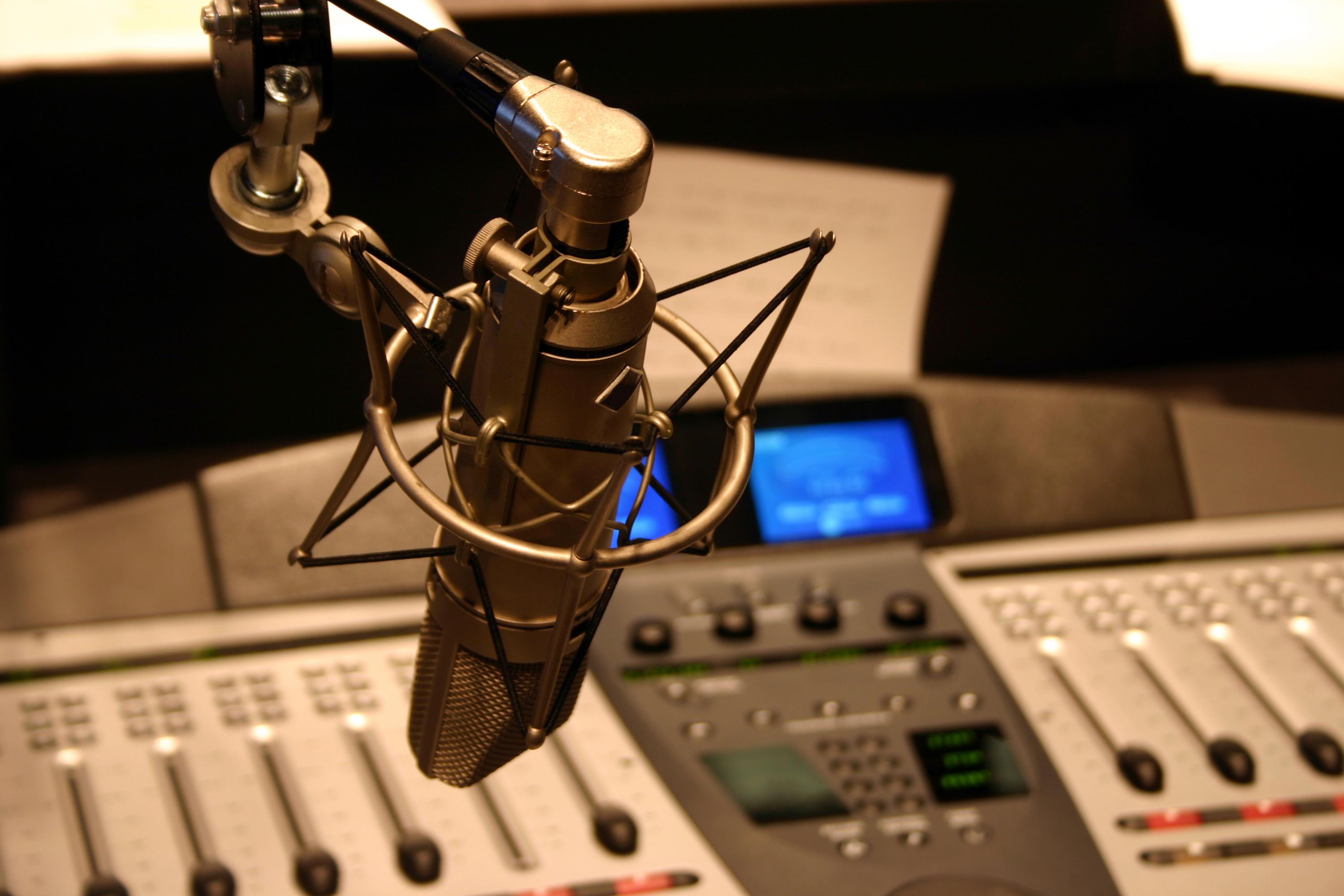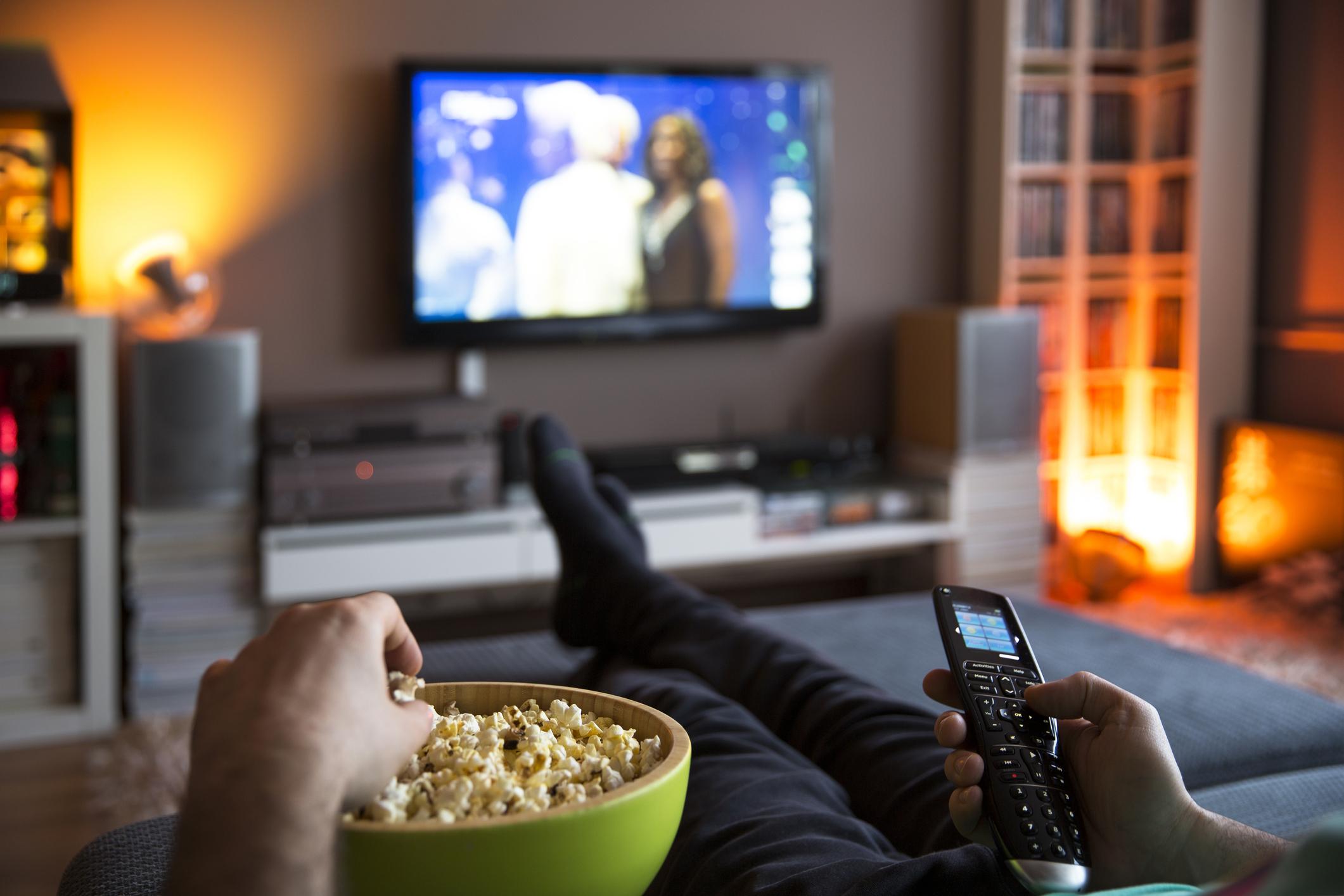Posted: Jul 31, 2025 · Updated: Aug 06, 2025 · Author: Adam Welch
As social media, streaming platforms, and smartphones dominate modern life, traditional advertising methods like billboards, radio, and TV are being re-evaluated. While these platforms once ruled the advertising world, today's businesses face tough choices about where to invest their marketing budgets.
In this Article
Billboard Advertising

What It Offers
Billboards are a powerful tool for generating high-frequency exposure in key physical locations. Their size and placement along busy roads, highways, and urban centers make them almost impossible to ignore. They are most effective when used to raise brand awareness, announce events, or direct people to a nearby store or service. Billboards work well for simple, bold messages that benefit from repetition and visibility during daily routines. Even in a digital world, the physical presence of a billboard can create a sense of permanence and legitimacy for a brand.
Pros
- High visibility in densely populated areas
- Useful for local awareness campaigns
- Constant exposure, 24/7
- No need for internet or electricity to reach audiences
Cons
- Limited space for messaging
- Difficult to track engagement or ROI
- Can be ignored or tuned out over time
- Ineffective for highly targeted campaigns
Local Vendors
- Lamar Advertising (Seattle‑Tacoma)
Offers a range of OOH formats—including bulletins, posters, wallscapes, and digital boards—throughout Seattle and Tacoma. Strong presence near Pike Place Market, stadiums, and key commuter routes. - Pacific Outdoor Advertising
Independent regional operator with over 100 premium units in high-traffic areas like downtown Seattle, near major venues, and commuter corridors in Snohomish and Pierce Counties.
Radio Advertising

What It Offers
Radio offers the chance to connect with audiences during moments when digital screens are out of reach, like while driving, exercising, or working. It’s a format that encourages imagination and intimacy through voice, sound effects, and music. Radio also offers access to loyal audiences who regularly tune in to specific stations or shows, making it possible to align your brand with particular lifestyles or demographics. Despite the rise of streaming services and podcasts, terrestrial radio still reaches millions each week and remains a cost-effective option for audio storytelling.
Pros
- Local and regional targeting options
- More affordable than TV or digital video ads
- Engages listeners during multitasking activities
- Strong potential for brand recall through repetition
Cons
- No visuals to reinforce messages
- Listener attention is often divided
- Measurement of impact is less precise
- Audience fragmentation due to streaming and podcasts
Local Vendors
- iHeartMedia: The largest owner of radio stations in the U.S., with access to hundreds of local stations and national reach via its iHeartRadio platform.
- Audacy (formerly Entercom): Owns and operates radio stations across major U.S. markets and provides integrated advertising solutions.
- Spotify Ad Studio: Not traditional radio, but often used for the same goals. Offers targeted audio ads to streaming listeners.
Ready for the pros?
Learn about hourly support and monthly packages with a team of local professionals. That's right - real people to grow a relationship with.
TV Advertising

What It Offers
Television advertising delivers a unique combination of audio and visual storytelling that few platforms can match. It’s long been the gold standard for launching new products and building brand equity. TV ads are immersive and can leave a lasting impression through cinematic production, emotional narratives, and familiar faces.
Traditional broadcast and cable TV still command large audiences for live events, sports, and entertainment, offering a chance to reach households at scale. While on-demand streaming has reduced the number of captive viewers, strategic placements during the right programming can still drive significant results.
Pros
- High production value and emotional impact
- Broad reach, especially for live events and primetime programming
- Prestige and credibility associated with televised ads
- Suitable for storytelling and demonstration
Cons
- Very high production and placement costs
- Viewers increasingly skip or avoid commercials through streaming
- Less effective for targeting niche audiences
- Declining viewership among younger demographics
Local Vendors
- Comcast Spotlight (now Effectv): Offers addressable TV and traditional ad solutions across Comcast cable systems, with audience targeting.
- KCPQ (Fox 13 Seattle / Tacoma‑licensed) — major local broadcast station offering ad placements during Fox network programming.
- KCTS‑TV (Seattle PBS affiliate) — PBS member station offering sponsorship and underwriting opportunities across public broadcasting content.
- Spectrum Reach: A division of Charter Communications offering TV advertising services to local and national brands.
The Digital Shift
Smartphones, social media platforms, and streaming services have fundamentally changed how people consume content. Audiences are more fragmented and more in control of what they see and hear. They expect personalization, interactivity, and value in their ad experiences.
That doesn’t mean traditional media is obsolete. When used strategically, billboards, radio, and TV can complement digital efforts by reinforcing brand awareness and delivering broad messages. The key is integration, blending traditional reach with digital precision.
Traditional advertising still has a place in the marketer’s toolkit, but it’s no longer the center of it. Understanding the pros and cons of each medium is essential for building campaigns that resonate in a world where attention is increasingly digital and mobile.
Common Questions
Yes, traditional advertising can still be effective, but its role has shifted. Billboards, radio, and TV remain powerful for building broad awareness and reaching audiences that may not be as active online, especially in local or regional markets. TV ads are still influential during live broadcasts, such as sports events or news.
Radio remains strong during commutes and in rural areas. Billboards continue to offer constant, high-visibility exposure in high-traffic locations. The key is understanding that traditional ads often serve better as top-of-funnel tools for brand visibility rather than direct-response drivers. Their impact improves when paired with digital strategies that allow for retargeting, deeper engagement, and more precise tracking
Measuring ROI on traditional ads is more challenging than with digital, but it's not impossible. Businesses often use a combination of indirect indicators, such as spikes in website traffic, search activity, store visits, or phone inquiries during a campaign window. You can also use custom landing pages, promo codes, or phone numbers tied to a specific channel.
For TV and radio, media buying platforms sometimes offer reach and frequency estimates based on Nielsen or similar data. With billboards, foot traffic analysis, and geofencing via mobile data can help approximate exposure. While these methods are less exact than digital click-through rates, they can provide a directional sense of campaign performance.
Yes, traditional and digital campaigns can complement each other effectively. Digital media offers precision targeting and measurable results, while traditional media provides broad exposure, emotional storytelling, and credibility. When both are used in tandem, they can reinforce each other.
For example, a person might see your TV commercial and later search for your brand online. Or they might hear your radio ad, then receive a retargeted social media ad. This kind of cross-platform reinforcement can significantly improve brand recall and trust. The ideal mix depends on your goals, audience, and budget, but traditional advertising is often most valuable when it's part of a multi-channel strategy.
Related Stories
Best AI Tools for Small Business MarketingInsider Secrets: Digital Advertising TipsMultimedia Advertising CampaignsAI Advertising Trends 2025Trending Stories
Latest Trends in Graphic Design: Defining 2025WCAG 2.2 Changes + Rules Explained2026 Marketing Trends for Local BusinessesRelated Services
Branding + LogosGraphic DesignLocal AdvertisingMarketing SolutionsCommercial PhotographySearch OptimizationVideo ProductionWebsite Design


